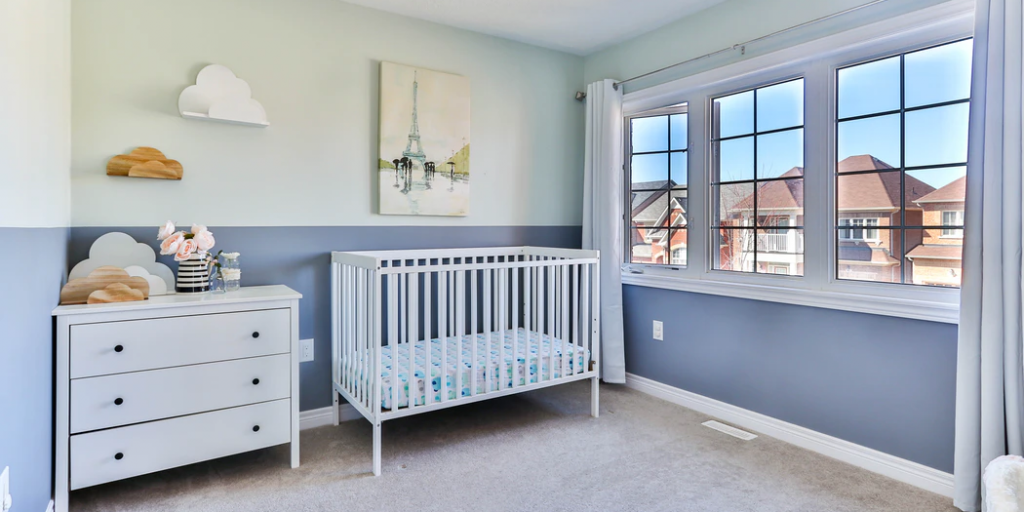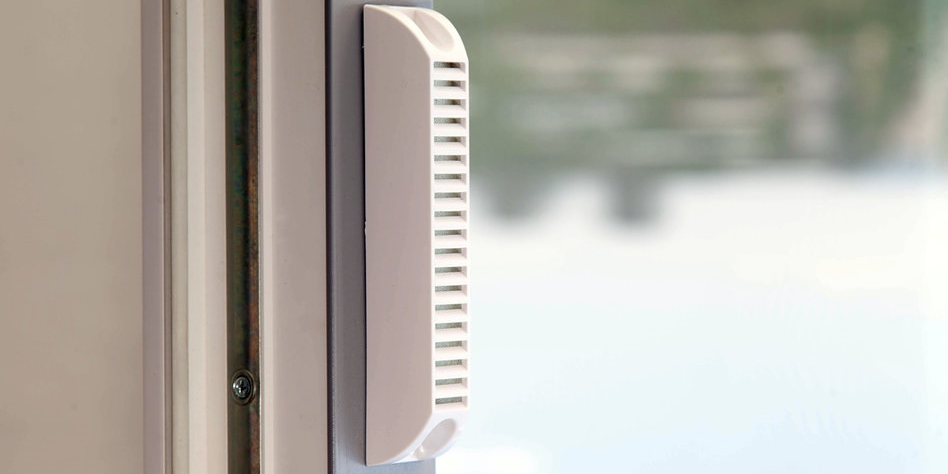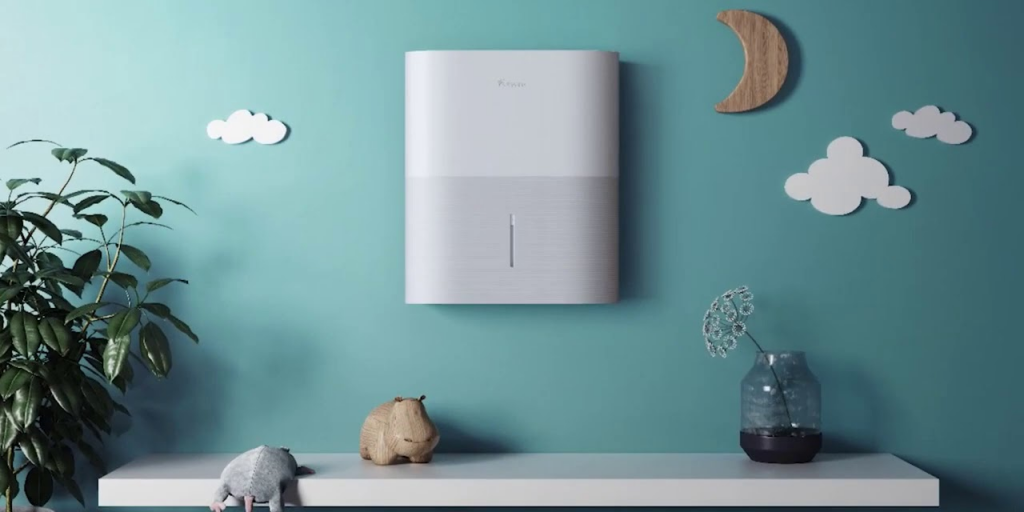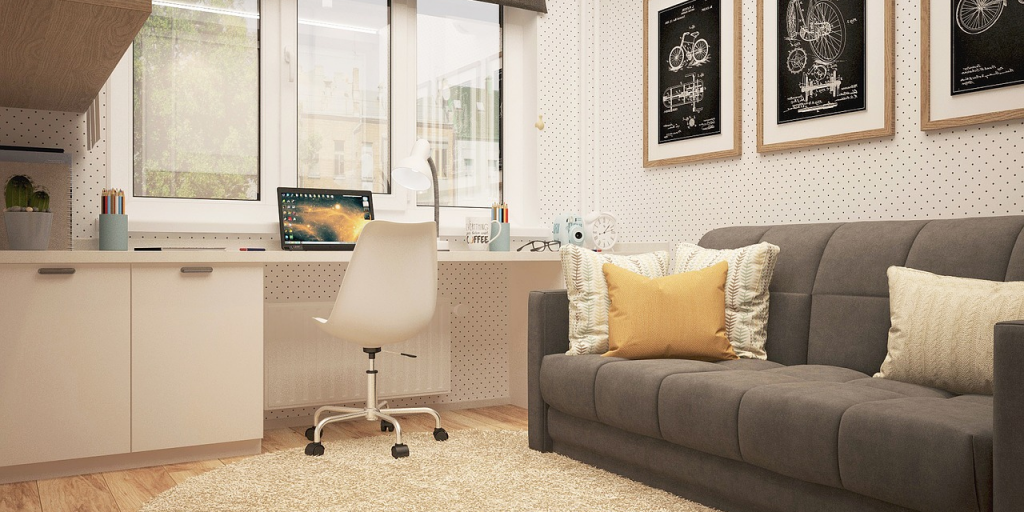How to choose materials, furniture, and zoning a room to ensure your child’s comfort and safety.
It is more difficult to repair and furnish a room for a child than for an adult. There are many things to consider; sustainable materials, safe outlets, proper lighting, colors, and furniture to grow.
When revamping a nursery, we recommend adhering to two main principles – practicality and safety. The first is related to the fact that children grow up quickly: a two-year-old and a five-year-old have different activities and needs. And in the children’s room, something constantly falls, spills, gets dirty. Pictures appear on the walls now and then. Therefore, finishing materials should be durable and easy to maintain, colors and patterns should be neutral.
Read also: How to Safely Build a Climbing Wall for Your Children
The principle of safety is also fundamental because young children actively explore the world. They crawl, fall, try to open cabinets, and take an interest in sockets. Therefore, it is necessary to remove the sockets from the access area and close them with plugs, do away with sharp corners, and too hard materials on the floor. And also, make sure that furniture and furnishings do not emit harmful substances into the air.
1. Use sustainable and practical materials

Paint on the walls and ceiling is a good choice, but the carpet on the floor is controversial. Materials in the nursery must be safe; do not emit harmful substances, do not accumulate dust, do not provoke injuries.
Floor
The floor in the children’s ideal cork coating; it is environmentally friendly and soft. Other options are parquet, parquet or engineered board, laminate, vinyl tiles, linoleum.
If you buy an artificial material – laminate, quartz-vinyl, linoleum – determine if it emits harmful substances. You can find formaldehyde emission markings on the packaging – class E1 is suitable for children. But low-quality material is easy to calculate without it – by a sharp chemical smell.
Tiles and porcelain stoneware are not laid in nurseries – they are too hard. If the child falls, it will hurt or even get hurt. A carpet is also a controversial option; it is soft but collects a lot of dust.
Walls
For walls in a nursery, wallpaper and water-based paint are best. They do not emit harmful substances and allow air to pass through – the room will have a comfortable microclimate.
We do not recommend embossed non-woven wallpaper – dust accumulates on them. And small children also like to pick out relief elements, so the finish will quickly lose its appearance.
Ceiling
Plaster and water-based paint are ideal for a nursery; both materials are environmentally friendly, and the ceiling’s appearance will be easy to refresh.
If you want a stretch ceiling, choose a fabric one. it is more environmentally friendly than PVC. The advantage of this option is the ability to order a canvas with photo printing. When the child gets tired of the drawing on top, it can be replaced.
2. Ensure good ventilation

The windows can be fitted with valves for a constant supply of fresh air. So that the air in the nursery does not stagnate, pay special attention to ventilation.
Micro-ventilated windows are perfect. They provide a constant supply of fresh air without drafts.You should also think about supply ventilation – this is a system that provides airflow from the street. In this case, you do not need to open the windows.

For supply ventilation, different devices are used: valves, mechanical ventilators, and breathers.The last option is the most difficult and expensive. Filters are installed in breathers that filter out pollen and street dust.
3. For finishing, choose calm colors and simple patterns.

Polka dot walls are neutral but not boring. For decorating a children’s room, it is better to choose calm and muted shades; white, gray, beige, light green, peach. They will not annoy the child and will remain relevant even when he grows up.
We do not recommend sticking colorful wallpapers with cartoon characters; they quickly get bored. This option is especially bad if the child is 4–5 years old. Soon he will go to school, his tastes will change, and it isn’t easy to concentrate in a room with bright decoration.
If you want to paste wallpaper with a picture or paint something on the wall, consider options appropriate 5-6 years for until the next cosmetic repair. Walls with polka dots and stripes, with plant motifs, look beautiful.
In general, in the designing a nursery, it is important to provide the ability to change the room for the needs of the growing child. This will help create a basic interior and avoid large-scale redesigns every 3-4 years.
4. Provide space for creativity

Blackboard paint is more expensive than regular paint, but you can draw on it with crayons. Photo. If the child is small, when repairing a nursery, it is worth considering that he will most likely draw on the walls when repairing a nursery There are two options here; choose a cheaper finish or leave a special place for painting.
The child can paint on the entire surface of the walls, paint them with water-based paint or paste over with paper wallpaper. They are safe and relatively inexpensive materials. When the child outgrows drawing on the walls, they can be repainted or pasted over again.
If you want to make room for creativity on the walls, take a closer look at marker or slate paint. You can wield markers and crayons on such a surface and then easily erase what you have drawn. But this option is suitable for children from 3-4 years old. it is difficult to explain to a tiny child that it is impossible to draw on the other walls.
5. Think over zoning “for growth.”

The bed in the nursery is separated from the armchair by a rack.In the nursery, the child sleeps, plays, studies, receives guests etc.. Therefore, here it is necessary to highlight the functional areas. The arrangement of furniture, the location of lamps, sockets, and switches depends on them.
Basic functional areas in the nursery:
- for sleeping, relaxing, and receiving guests
- for games and sports
- for study.
Also read: How to Help Children Stop Having Trouble Sleeping
It is not necessary to separate areas with partitions or shelving. To do this, you can use the color of the walls, rugs or provide the necessary furniture.
You need to think about zoning before renovation, because each zone should have its own lighting, sockets, furniture, and sometimes decoration. Therefore, the first thing on the room plan is to place furniture.
It is also important to consider the functionality of the room “for growth.” A 3-year-old child does not need a work area, but at 7, does. It is important that where the desktop will stand in the future, there are sockets for a computer and a desk lamp. It will be difficult to carry them out after the repair. you will have to remove the finishing and gouge the walls.
Adapted and translated by Wiki Avenue Staff
Sources: Life hacker






